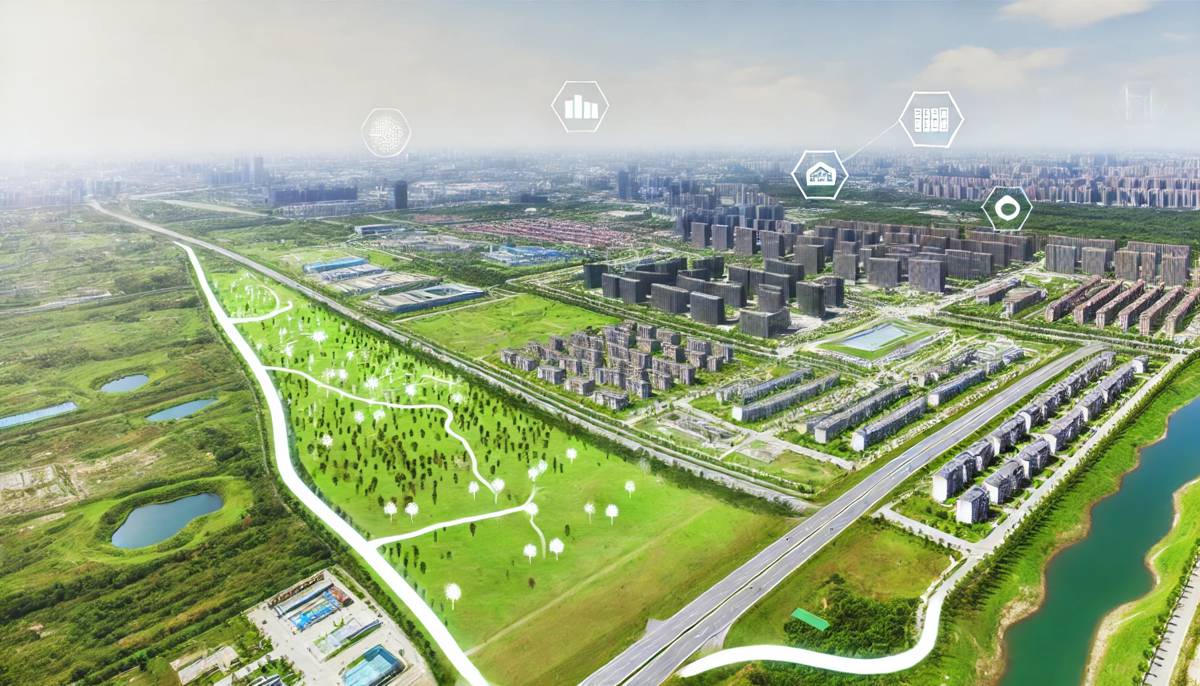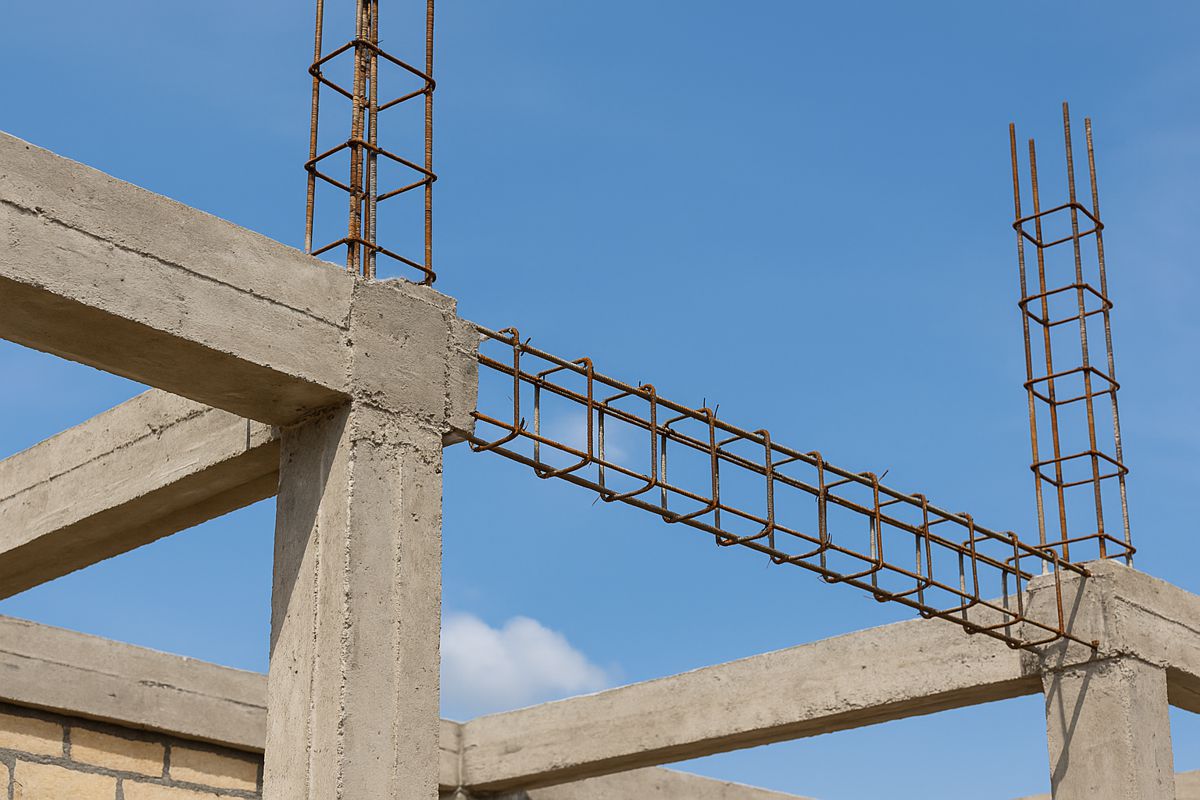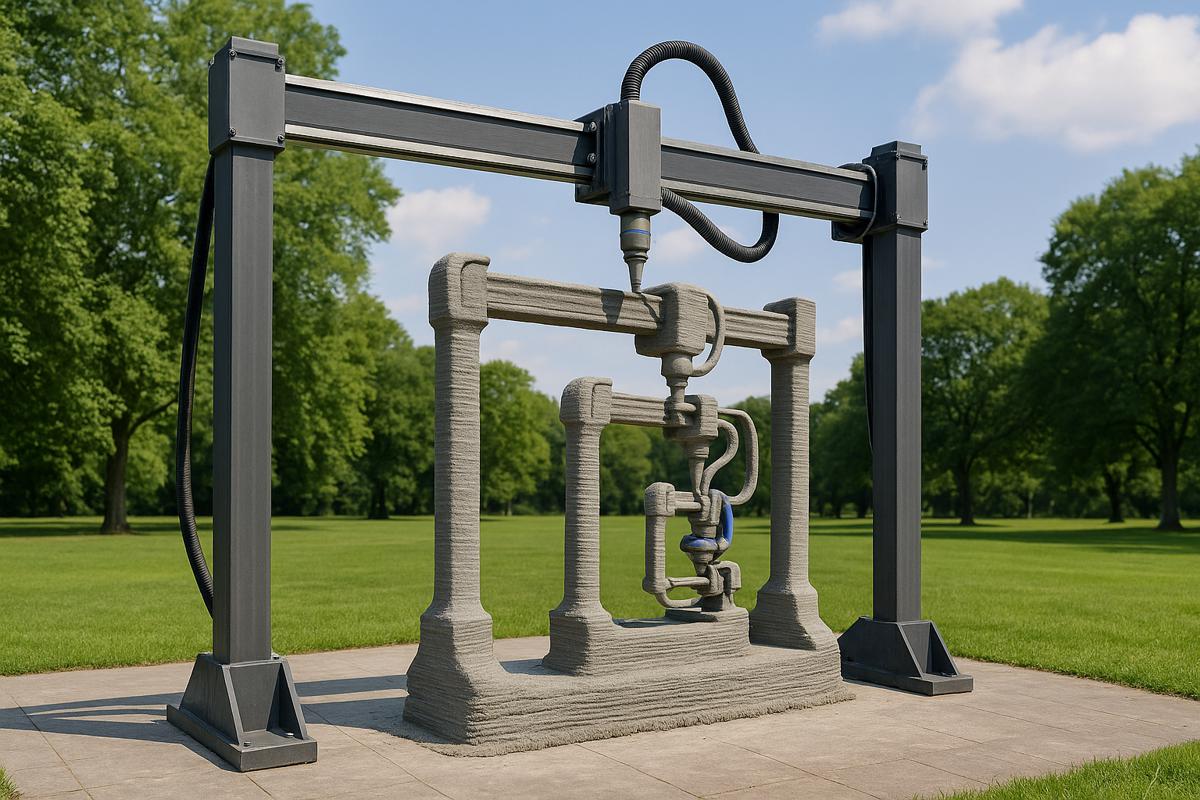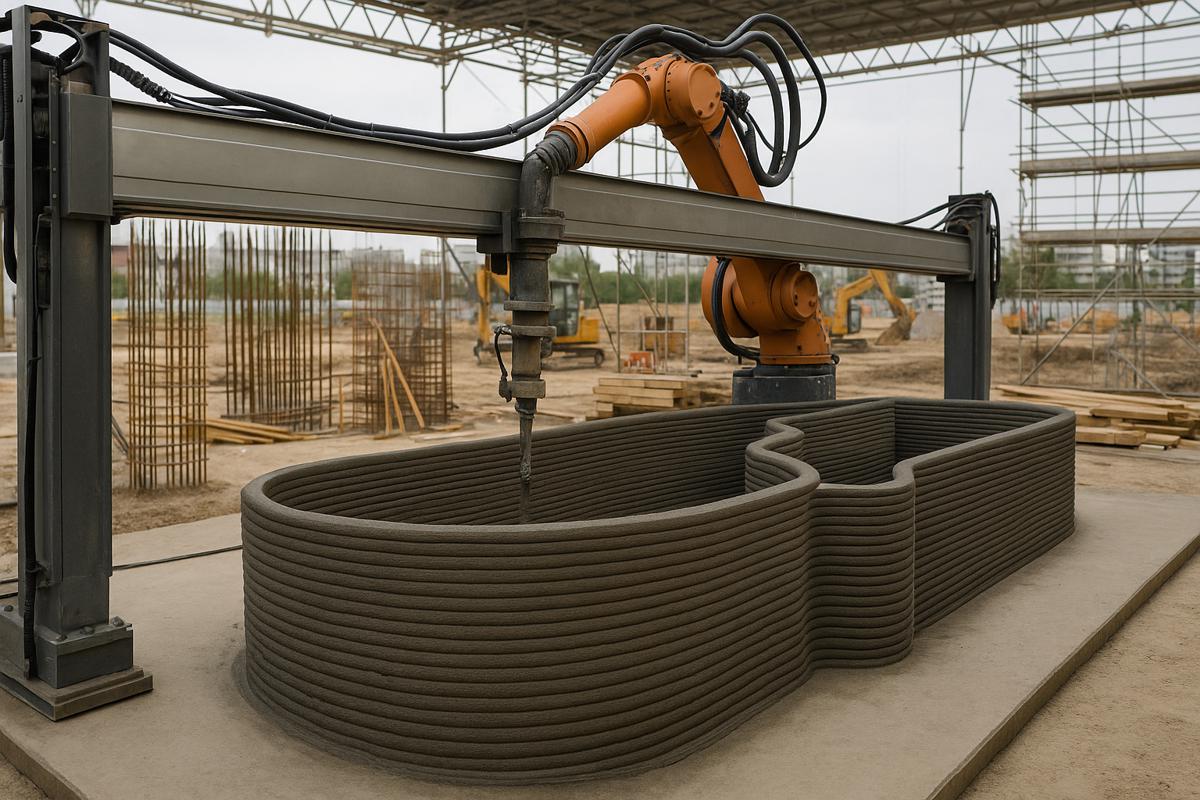Esri and Autodesk Revolutionise AECO Planning
In an industry where precision and context are everything, Esri, the leader in Geographic Information Systems (GIS) technology, and Autodesk, a major force in Building Information Modeling (BIM), are charting a new course for architecture, engineering, construction, and operations (AECO) professionals.
Their strengthened partnership integrates Esri’s rich geospatial data with Autodesk Forma, making ground-breaking strides in early-stage design and planning.
For AECO professionals, the collaboration promises a comprehensive, data-driven approach. Now, through Autodesk Forma, they’ll gain direct access to Esri’s authoritative ArcGIS data, enabling seamless integration of geospatial insights from the start. Historically, these insights were often fragmented across multiple tools, creating costly inefficiencies. This integration not only streamlines workflows but introduces a unified source of geographic and spatial data, setting a new standard for cohesive project planning.
Uniting GIS and BIM
This integration marks a pivotal shift in how AECO projects can be envisioned and executed. By embedding ArcGIS data directly within Autodesk Forma, architects, engineers, and planners can pull in vital geospatial information immediately, refining initial designs with a geographic context previously only accessible in later stages.
ArcGIS basemaps and select datasets from Esri’s ArcGIS Living Atlas of the World—a globally recognised geospatial reference collection—equip professionals with real-time environmental insights. This access can transform everything from site selection to environmental planning, making sustainable, resilient design achievable from the get-go.
Advantages of the Integration:
- Real-Time Geospatial Data: Instant access to ArcGIS maps, providing a detailed understanding of topography, land use, and environmental factors.
- Enhanced Collaboration: Teams can align better with shared spatial data, minimising discrepancies and improving communication across project stages.
- Streamlined Decision-Making: Equipped with up-to-date geospatial data, planners and architects can make faster, more informed decisions, reducing project costs and timelines.
Kathleen Kewley, Esri’s Director of AEC Global Business Development, highlights the significance: “Esri is thrilled to expand our partnership with Autodesk, empowering our mutual customers with a more seamless experience, bringing the power of GIS and BIM across the entire project lifecycle for the first time.”
Sustainability and Community-Focused Design
As industries worldwide shift toward sustainable practices, the construction sector is increasingly focused on resilience. With Esri’s ArcGIS data embedded in Autodesk Forma, AECO professionals can prioritise sustainability from the outset, taking into account factors like local ecosystems, water resources, and community needs. This shift aligns with a global push to create infrastructure that benefits communities in lasting ways.
Eric DesRoche, Autodesk’s Director of Infrastructure Business Strategy, emphasises this vision: “With Esri’s contextual data at their fingertips, architects and planners can use Autodesk Forma to design with location and sustainability in mind, leading to more resilient projects that can better support local communities.”
The integration ultimately aids professionals in constructing spaces that consider long-term impacts, balancing environmental stewardship with economic and functional needs. By unifying GIS and BIM, the partnership embodies a “smart design” ethos, reshaping how the industry views early-stage planning.
How Integration Drives Efficiency
AECO professionals have long navigated complex, fragmented software ecosystems. For planning teams, having GIS and BIM data accessible in a single interface removes common bottlenecks that can delay decision-making and escalate costs. Previously, importing and synchronising GIS data into BIM environments required time-consuming manual steps or multiple software platforms.
Now, thanks to the ArcGIS integration in Autodesk Forma, professionals can bypass these hurdles. Architects, planners, and engineers can access ArcGIS data directly within their primary design tool, bringing increased precision and consistency to their workflows. This collaborative platform eliminates data silos, allowing teams to create, refine, and review plans within a unified digital ecosystem.
Key Benefits of Streamlined Integration:
- Reduced Data Loss: Unified data access minimises loss or degradation of information across platforms.
- Lowered Costs: Efficient workflows and improved decision-making translate to significant savings in time and budget.
- Optimised Project Timelines: Fewer workflow disruptions mean faster project turnaround, benefiting stakeholders and communities alike.
Earlier this year, Esri’s ArcGIS basemaps were incorporated into Autodesk Civil 3D and AutoCAD, providing AECO professionals with GIS-driven insights across a range of project types. This latest integration with Autodesk Forma builds on that momentum, reinforcing the value of a seamless GIS-BIM collaboration.
Empowering AECO Professionals with Unmatched Geographic Insight
From urban developments to large-scale infrastructure projects, AECO teams are faced with navigating highly specific geographic challenges. Esri’s deep-rooted expertise in GIS enables Autodesk Forma to deliver geospatial insights that meet these demands head-on.
The ArcGIS Living Atlas, for example, houses datasets ranging from demographic statistics to ecological zones, arming AECO professionals with layers of contextual data to address even the most nuanced project needs.
This access means architects and planners are better equipped to anticipate challenges, such as flood risks, erosion, or proximity to sensitive natural habitats, early in the planning process. By visualising these aspects in Autodesk Forma, teams can mitigate risks, align with regulatory standards, and craft solutions that foster safety and environmental responsibility.
A Vision for the Future of Construction and Design
Esri and Autodesk’s strengthened alliance signals a broader transformation in the AECO industry. As construction projects grow in complexity and environmental concerns intensify, professionals are increasingly looking to technology partnerships that prioritise resilience, efficiency, and innovation. This collaboration reaffirms both companies’ commitment to equipping AECO teams with tools that enhance not only project efficiency but also societal value.
With this latest integration, Esri and Autodesk are laying the groundwork for what may well become a new standard in the industry—a holistic approach that values data, collaboration, and sustainability. By streamlining access to critical geospatial data, this alliance positions AECO professionals to create smarter, safer, and more sustainable environments for future generations.
Building a Sustainable Tomorrow
Esri and Autodesk’s latest endeavour reflects a shared dedication to shaping the future of AECO through intelligent design. By prioritising both technological and environmental advancements, they’re creating an ecosystem that benefits everyone, from urban planners and architects to communities and the environment at large.
With access to ArcGIS data in Autodesk Forma, AECO professionals are well-equipped to embrace this future, where data-driven design meets meaningful, sustainable impact.




















